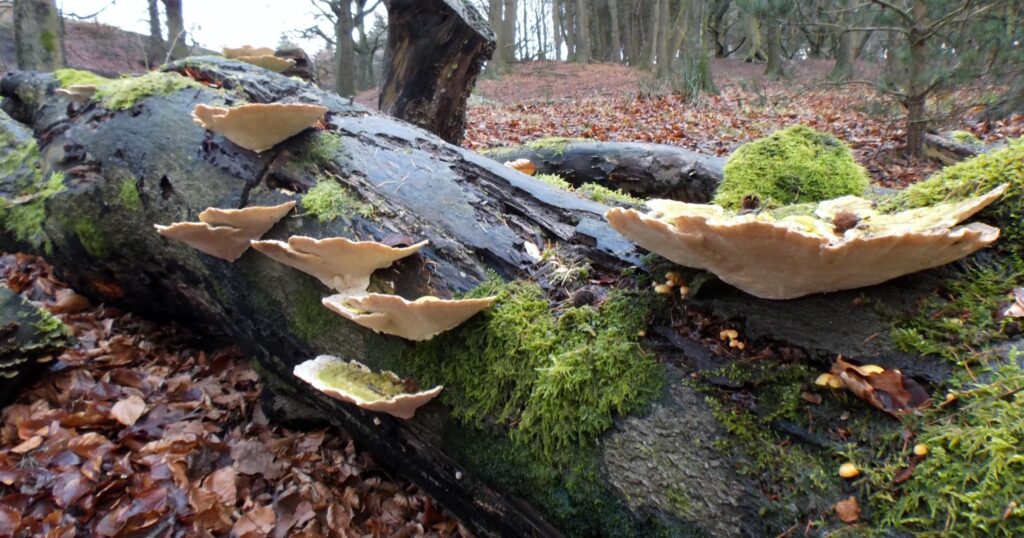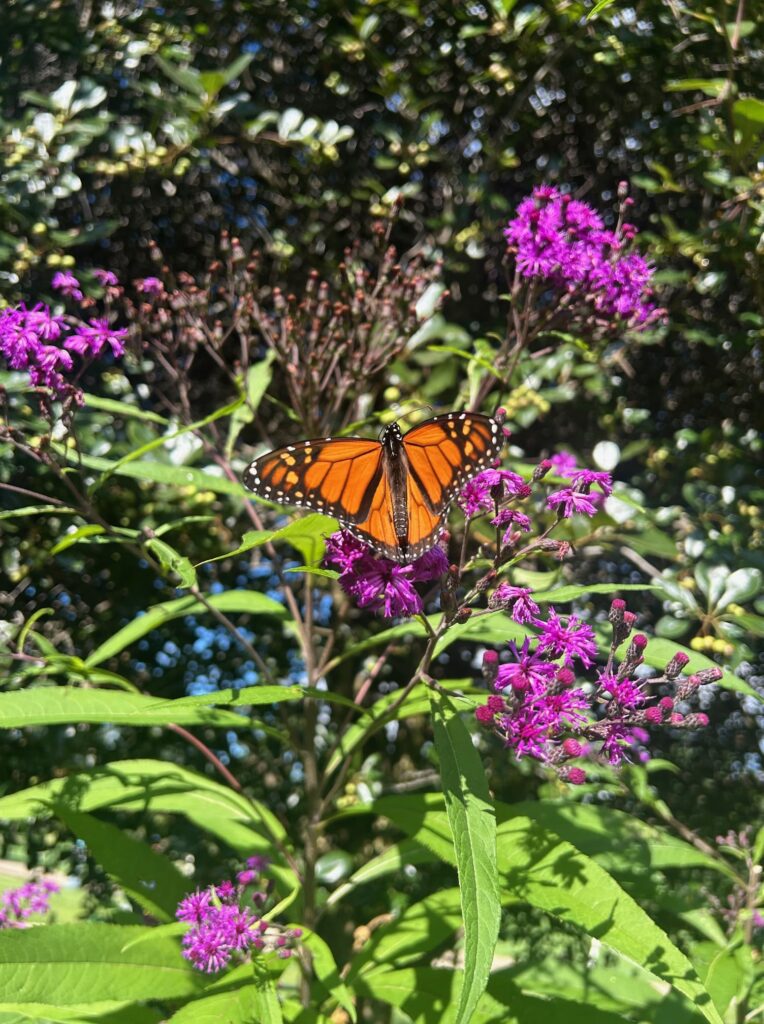Substantial biological diversity exists on lands outside protected areas and its survival depends on the goodwill of people who own those lands. To ensure that these landowners contribute to biodiversity conservation efforts in mutually beneficial partnerships, it is important to understand their socio-economic backgrounds and historical heritage, their land-use patterns and expectations, and their biodiversity education needs, as a basis of formulating conservation policies that do not exclude them.
In Kenya today private landowners receive only minor direct benefits from wildlife. With no compensation to mitigate wildlife damages, public attitudes toward wildlife are very unfavourable, especially among landowners who practice small-scale farming and pastoralism. The goal of this study was to explore some of the issues arising from interactions between local landowners and wildlife in a prominent wildlife area in Kenya. I conducted interviews with 377 private landowners of three categories, small-scale, pastoralist and large-scale, in Laikipia District of north-central Kenya. The results give us a glimpse of important landowner perspectives regarding conservation and biodiversity in Laikipia. These can provide some direction for wildlife policy analysis and other conservation needs, including focus points for further research.
Landowners in Laikipia differed in many respects regarding benefits from wildlife, wildlife damage and mitigation, and possible solutions, depending on their economic backgrounds, land parcel size and land use, traditional history, and knowledge about biodiversity. Regardless of ownership type, over 90% of all reported cases of threats due to wildlife, and injuries and deaths caused by wildlife, were attributed to one animal, the elephant. The remaining 10% of cases were attributed to buffalo, lion and hippopotamus, in that order. Many landowners routinely reported damages to the Kenya Wildlife Service (KWS). Of the small-scale landowners, less than 30% of those sampled reported damage and up to 94% of them used an assortment of methods to keep wildlife away. Amongst small-scale landowners and pastoralists the most favoured methods of deterring wildlife were the traditional ones. These included lighting bonfires, and beating ironsheets or cracking whips to make a sound. The large-scale land owners primarily preferred shooting in the air using firearms to deter wildlife. Compensation for wildlife damage was a major issue in Laikipia, and all landowners felt strongly about the initiation of some form of government compensation scheme. According to KWS, no wildlife crop or property damages are compensated at this time except cases of wildlife-caused human death, which is compensated at a meagre US$ 215.
Considering benefits from wildlife, more than half (67%) of all small-scale landowners believed they gained nothing directly; 19% of pastoralist and 4% of large-scale landowners concurred with this view. However, many landowners appreciated the role of wildlife in general, and the importance of conserving biodiversity for foreign exchange, for aesthetic reasons, and as a reservoir of genetic diversity. Among the wildlife utilisation methods favoured, landowners highlighted the need for programmes in wildlife cropping, safari hunting, ecotourism, and game farming. The existing wildlife utilisation programme in the district was unpopular with a majority of landowners particularly due to delays in the derivation and sharing of benefits, lack of landowner commitment to programme meetings and deliberations, general illiteracy among most landowners, organisational logistics characterised by low managerial capacity and poor operational skills, existence of more economical and dependable alternatives, and the uncertainty of the current wildlife utilisation programme.
With interactions between landowners and wildlife expected to increase in the future, some preventive and management measures that emphasize direct wildlife benefits, compensation for property damages, problem animal control, investment in development projects, and biodiversity education must be incorporated (Table 1). Those can be combined with support for some of the effective traditional methods of wildlife deterrence, provision of incentives including cash and development projects tied to wildlife conservation and training opportunities, devolution of partial ownership responsibilities to landowners, and improving access to biodiversity education materials and opportunities for local landowners.
To achieve success in biodiversity conservation outside protected wildlife areas in Kenya and elsewhere, multiple partnerships must be developed with local landowners emphasizing direct benefits, transparency, trust, patience, and indeed, some sacrifices. Our ability to conserve habitats and their biodiversity will be judged by what we have done in practice, rather than by what we have found theoretically possible. As the conservation of wildlife outside protected areas will ultimately depend on the goodwill extended to wildlife by private landowners, it is imperative that as information becomes available from research, it is evaluated and translated to guide future policies that are sensitive to the needs of people, wildlife, and the environment.
Originally published as:
Wambuguh, O. 2007. Interactions between Humans and Wildlife: Landowner Experiences Regarding
Wildlife Damage, Ownership and Benefits in Laikipia District, Kenya. Conservation and Society 5(3):408-428.





